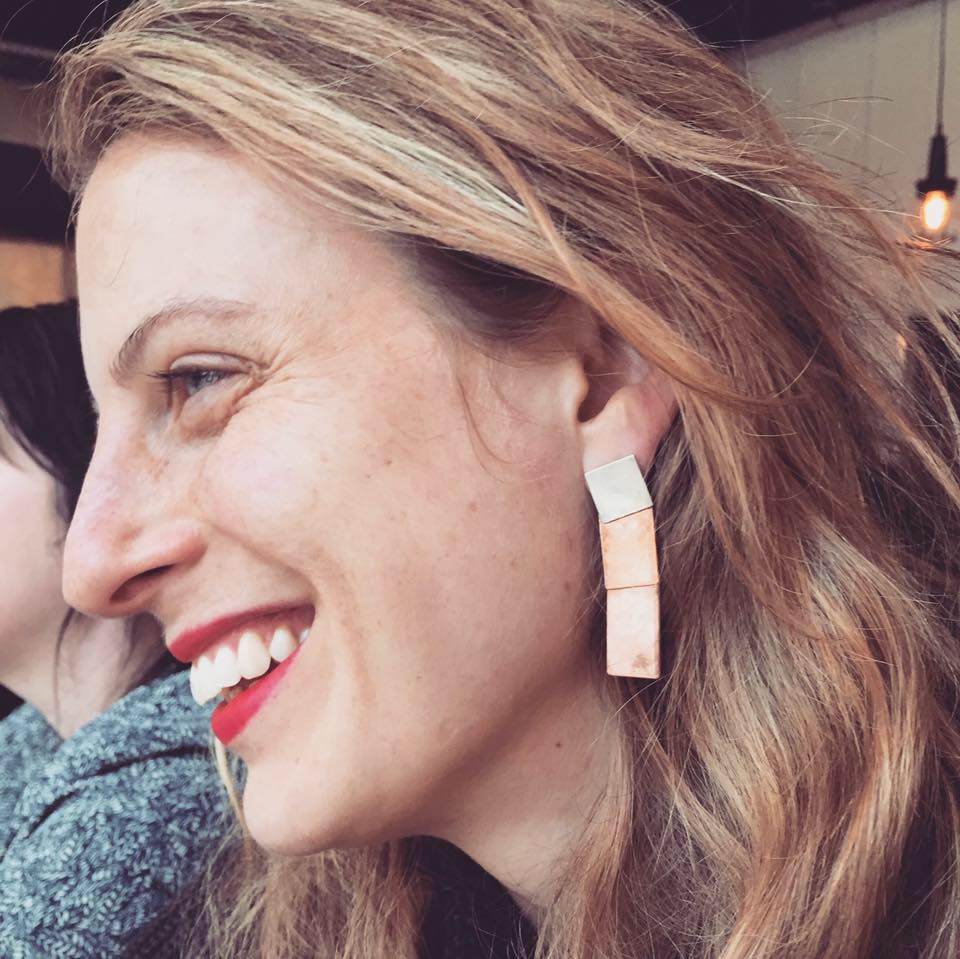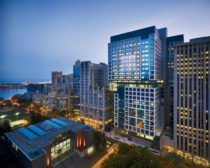Projects
Rey Juan Carlos Hospital
The Royal Treatment: Rafael de La-Hoz Arquitectos crafts a serenely restorative environment for Madrid's Rey Juan Carlos Hospital.
Read More
Arizona State University Student Health Services
A Prescription for Campus Care: Lake|Flato renovates and expands an outdated health-services facility at Arizona State University, Tempe.
Read More
A Master's Final Touch
Launched a year after her death, a new line of Italian-made glass lighting fixtures embodies the fluid, sculptural aesthetic that made Eva Zeisel a design icon.
Read More
Copyright ©2024. All Rights Reserved BNP Media.
Design, CMS, Hosting & Web Development :: ePublishing

